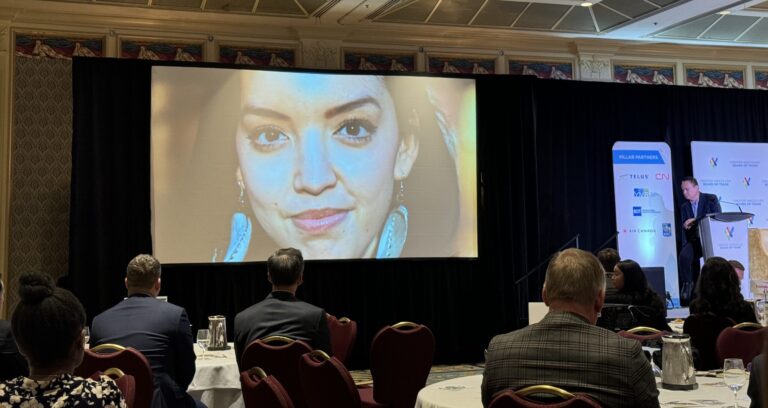As public engagement facilitators, we know that group brainstorming and discussion sessions often rely heavily on verbal communication. This emphasis on extroversion creates barriers for folks who prefer to engage in alternative ways, including 1:1 conversations, online participation, and individual written reflection.
When we lead public engagements, we value the strengths introverts bring to the table. Ensuring that facilitation is accessible to folks with diverse communication styles and preferences is key to advancing equity.
With this in mind, here are some considerations for designing facilitation that engages introverts in inclusive ways:
dos
- Do offer a variety of options for engagement. This includes providing opportunities for non-verbal participation, such as online surveys and use of the chat function during video conferencing. Engagement should not be an intimidating process. To maximize accessibility, we must empower folks to engage in ways that work best for them.
- Do allow time to recharge. Many introverts feel exhausted after prolonged periods of social interaction. Ensure that regular breaks are provided throughout facilitation sessions so that folks are re-energized and comfortable participating. Self care is important!
- Do provide clear expectations. Consider providing a discussion outline, topics and questions beforehand to ensure folks have adequate time to prepare. Likewise, notify participants of the facilitation format and time frame well in advance. Doing so eliminates confusion and allows for accessibility needs to be communicated and met.
- Do celebrate the contributions of introverts. There is no ‘one size fits all’ approach to engagement. Many introverts prefer to engage through deep reflection and analysis, both of which bring immense value to facilitations. Ensure introverted participants are acknowledged for their contributions without being compared to extroverts.

dont’s
- Don’t assume disengagement. Some introverts may not vocalize their thoughts as often or as loudly as extroverts, but this does not suggest that they are uninterested in the material or unwilling to participate.
- Don’t pressure folks to ‘speak up.’ In group settings, speaking up can be intimidating for many introverts. Avoid putting folks on the spot during discussions, and never shame participants for choosing not to speak.
- Don’t stereotype introverts. Introverts are a diverse group whose communication and engagement preferences vary. Avoid using common misconceptions (e.g. shy, unfriendly or unconfident) to stereotype introverts and take the time to understand individual strengths.
- Don’t overlook the value of feedback. Feedback allows facilitators to learn what is and isn’t working for introverted participants. Ensure that folks are given adequate time and space to provide feedback on the facilitation.
These facilitation guidelines (PDF download) from the Anti-Oppression Resource and Training Alliance provide further insight into what equitable engagement can and should look like.
equitable facilitation is a key component of meaningful public engagement
Considering introverts is just one component of designing equitable facilitation and public engagement – something our team is incredibly passionate about. We’ve also written about fostering equity when it comes to access, contribution, event planning, reporting and analysis, as well as respectful engagement with equity-deserving communities. Check out the entire series to keep the conversation going.
Are you an introvert? What works best for you in group engagement settings? Let us know!



